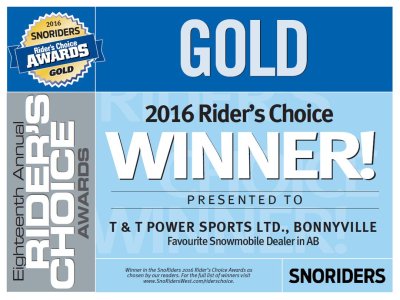- Thread starter
- #21
femme.fatale.
Active VIP Member
Terry also brought out his '74 Arctic Cat VIP. You gotta see this thing!! These VIPs were only made one year, and it's hydro-static drive. Very cool










Last edited:




